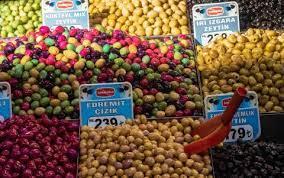
https://www.ifpri.org/blog/despite-improved-global-market-conditions-hig...
BY ROB VOS, JOSEPH GLAUBER, SOONHO KIM, AND WILL MARTIN
Since peaking in April 2022, global agricultural food commodity prices have declined by almost 25% as of October 2023, according to the UN Food and Agriculture Organization’s (FAO) food price index (Figure 1). Contributing to the decrease were strong harvests in large food producing countries, steep declines in shipping costs, and more affordable energy and fertilizer prices (Figure 2). This broad-based easing of food price pressures occurred across markets for cereals, vegetable oils, meat, and dairy products (Figure 3). Sugar and rice were notable exceptions, as their world market prices have risen by double digits in recent months due to production disruptions caused in part by the El Niño phenomenon, as well as new trade restrictions and producer country stockpiling amid concerns over potential shortages.
But even while international food prices measured in U.S. dollars have fallen, domestic food prices measured in national currencies—the prices that matter to consumers—continue to increase, feeding a cost-of-living crisis for many low-income households. Here we outline the current global landscape of food price inflation, focusing on the economically debilitating impacts on developing countries.
Consumer food price inflation remains on average in the double digits in low- and middle-income countries (Figure 4). As of September-October 2023, more than one third of low-income (LICs) and lower middle-income countries (LMICs) still saw annual domestic food inflation of more than 15%. In the LICs, consumer food price inflation stood at almost 30% (year-over-year) in September-October, although down from near 40% in January.









